Dr. Peter Bryce, a board certified Obstetrician Gynecologist (OB/GYN) has delivered thousands of babies in his nearly 40-year career.
“I have been delivering about 100 babies a year on average,” he explains.
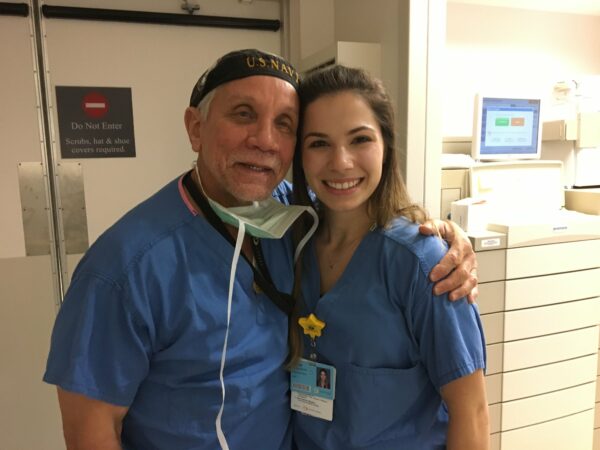
Dr. Peter Bryce, a board certified Obstetrician Gynecologist (OB/GYN) has delivered thousands of babies in his nearly 40-year career.
“I have been delivering about 100 babies a year on average,” he explains.
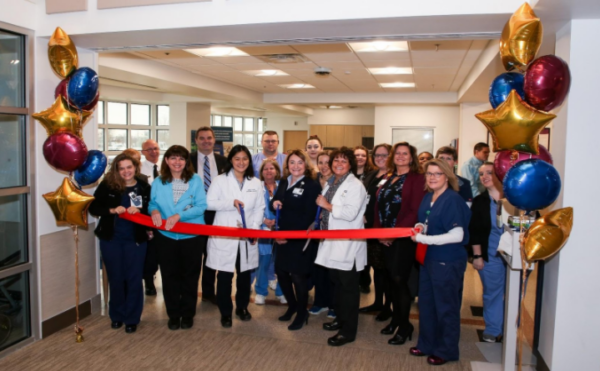
WOODBRIDGE — Today, Wednesday, January 17th, 2018, Sentara Northern Virginia Medical Center officially unveiled a $2.6 million renovation of its Emergency Department.
Surrounded by doctors, nurses, members of the team and representatives from Prince William County’s EMS, hospital President Kathie Johnson helped cut the ribbon and usher in this new generation of emergency care at Sentara Northern Virginia Medical Center. The redesign and renovation of the 21,000-square-foot space features a revamp of patient rooms and storage areas, creating a clean, sleek, inviting space supporting streamlined services and exemplary patient care.
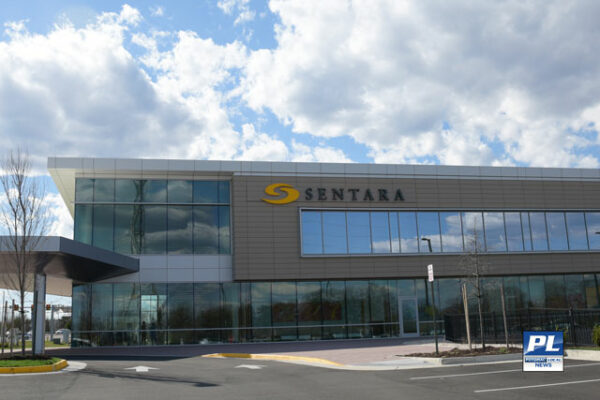
Sentara Northern Virginia Medical Center is pleased to introduce the Foot & Ankle Program at Sentara.
The Program partners highly skilled physicians with state-of-the-art procedures, so patients will have a pathway to receive the right care for their foot and ankle health concerns, all while staying close to home for treatment.
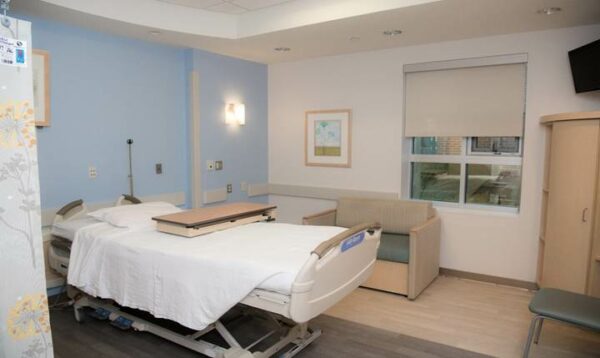
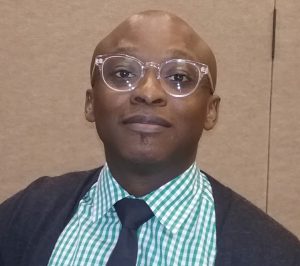
Narcan is often used to “wash out” the effects of opioid use for someone who overdosed.
In the past year, 1,159 doses of the counteracting drug — which is also an opioid — were administered at Sentara Northern Virginia Medical Center to counteract the effects of heroin and other drugs.
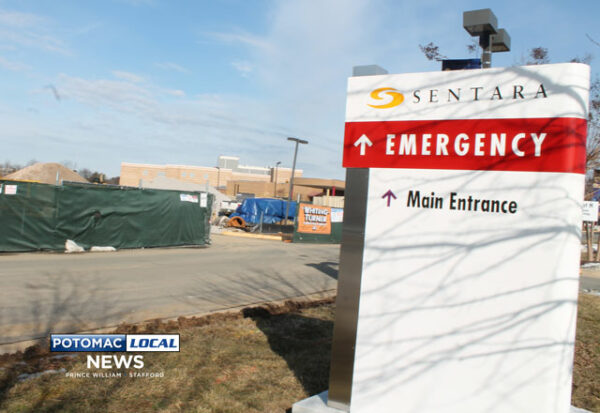
WOODBRIDGE — Katey Gemmmell just wants you to STOP.
She’s a registered nurse at Sentara Northern Virginia Medical Center, and she’s put together a new program called Project: STOP — Speaking Out and Teaching Opioid Prevention.

Forty-five years ago, Woodbridge looked like a different place.
“There was a little old house at the bottom of Jefferson Davis Highway and Opitz Boulevard where we bought chicken eggs. And there was probably two stoplights on all of two stop lights on Route 1 — one at Marsumsco, and the other at Longview Drive,” said Carol S. Shapiro, director of the Sentara Northern Virginia Wound Healing Center.
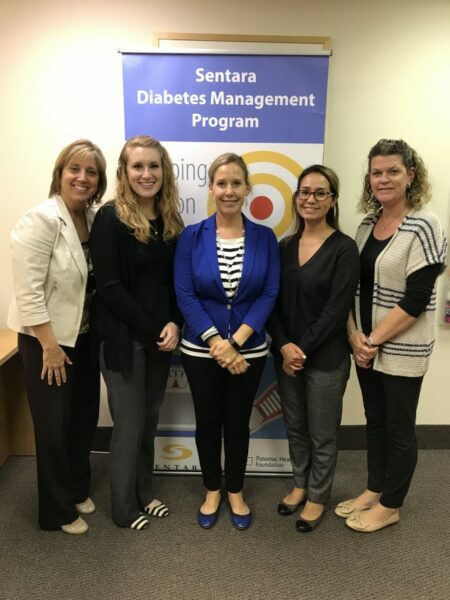
November is American Diabetes Management month and with more than 30 million people living with diabetes in the U.S., it’s no wonder the American Diabetes Association estimates at least seven million of those people, don’t even realize they’re living the disease.
Health organizations and those working within the field say the disease has reached epidemic portions. It’s something the Sentara Diabetes Management Program team sees every day.
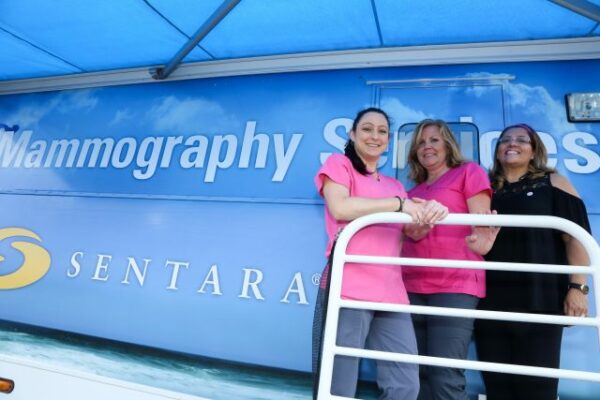
[ngg_images gallery_ids=”808″ display_type=”ds-nextgen_royalslider”]
From Sentara Northern Virginia Medical Center:
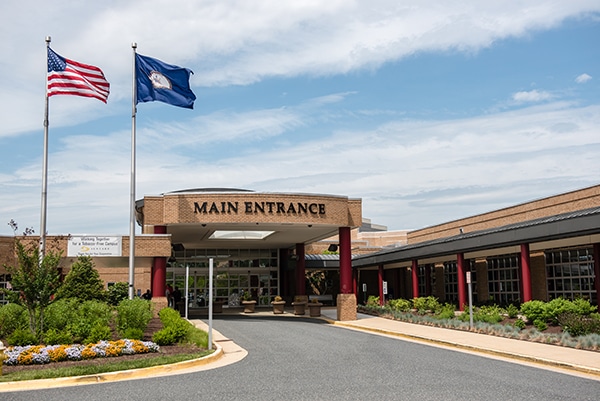
Sentara Susan Bahorich sat down for an interview with Sentara Northern Virginia Medical Center President Kathie Johnson.